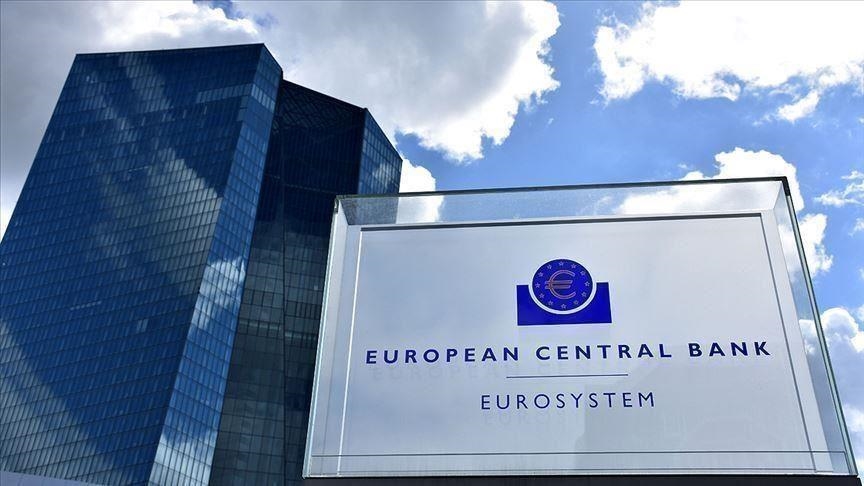Chưa phân loại
What is ECB? How does the ECB affect the world economy?
ECB is The European Central Bank, located in Frankfurt – Germany. It was established in 1998 by the Treaty of Amsterdam. The European Central Bank differs from other central banks in that it controls monetary policy for the entire euro area. The eurozone countries include Austria, Belgium, Cyprus, Estonia, Finland, France, Germany, Greece, Ireland, Italy, Latvia, Lithuania, Luxembourg, Malta, Netherlands, Portugal, Slovakia, Slovenia and Spain.
The European Central Bank is overseen by a governing board consisting of six executive board members, with one serving as the chairman. Executive board members are appointed by the Council of Europe.
The main objective of the European Central Bank is to maintain price stability. They use monetary policy to support the economy and create jobs.
KEY ECONOMIC TASKS OF THE ECB
The main task or goal of the European Central Bank is price stability. Price stability is a control of inflation, the Harmonized Index of Consumer Prices (HICP) and the exchange rate of the EUR.
1) Price stability – it is price stability or inflation
2) Financial Stability – Through price stability controls and sometimes other mechanisms.
Price stability
To maintain price stability, the European Central Bank influences short-term interest rates for the euro area. The European Central Bank has a target interest rate (like most central banks) below or close to 2%. Although they primarily target inflation, GDP and unemployment data have a big influence on the decisions policymakers make.
If inflation exceeds 2%, the European Central Bank could signal an increase in interest rates to the public to tighten the euro area’s economic expansion and reduce inflation. If unemployment numbers are rising and the economy is slowing down, the bank may have to make the decision to lower interest rates, to stimulate the economy and job growth. A period of rising inflation and rising unemployment will require policymakers to weigh the pros and cons of tightening the economy to tame inflation or stimulate the economy to create jobs.
Financial stability
The European Central Bank also plays a big role in keeping the euro area’s financial system stable. In times of crisis, they can do this by adding liquidity to the system, by buying bonds on the open market, or by lowering interest rates to extremely low levels to help distressed creditors pay back their obligations. me.
If the European Central Bank does not add liquidity in times of crisis, the entire financial system could collapse.
Impact of interest rates on the Euro
The European Central Bank can affect the value of the Euro through changes in interest rate expectations. Traders should understand that currencies tend to appreciate when interest rate expectations rise, not just from rate hikes.
For example:
If the European Central Bank keeps interest rates unchanged but issues forward guidance (telling the market) that it expects more rate hikes in the future, the value of the Euro tends to price increase.
A Qantant easing (QE) program has the same effect as interest rates on the Euro. Quantitative easing is the purchase of securities on the open market by the Central Bank to stimulate the economy and add liquidity to the financial system. Historically, it has only been done during times of financial crisis. Increased quantitative easing reduces the value of the Euro because it increases the money supply.
Impact of interest rates on the economy
The European Central Bank lowers interest rates when it is trying to stimulate the economy (GDP) and raises rates when it is trying to contain inflation caused by an economy operating above potential (overheating).
Lower interest rates stimulate an economy in a number of ways:
- Businesses can borrow money and invest in projects that will receive more risky borrowing rates.
- When interest rates are lower, the stock market is discounted at a lower rate, leading to an increase in the value of the stock market causing the wealth effect.
- People invest their money in the economy (stocks and other assets) because they can make more money in these assets than in current low interest rates.
How to trade the ECB interest rate decision
The table below shows possible scenarios from a change in interest rate expectations. Traders can use this information to forecast if currencies are likely to appreciate or depreciate and how to trade.
| MARKET EXPECTED | ACTUAL RESULTS | IMPACT RESULTS |
| Increase interest rates | Keep interest rates unchanged | Currencies increase |
| Interest rates | Keep interest rates unchanged | Currency drops |
| Keep interest rates unchanged | Increase interest rates | Currencies increase |
| Keep interest rates unchanged | Interest rates | Currency drops |
Consider an example:
EUR/USD, where the European Central Bank ended its long-running quantitative easing program. The end of the quantitative easing program means that the central bank will no longer be able to add money to the system. On December 13, 2018, the European Central Bank announced the end of its quantitative easing program, which led to the appreciation of the Euro as it signaled that there would be less money than expected in the economy.


